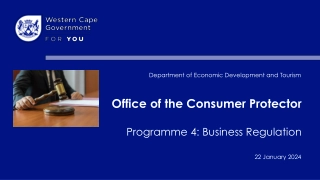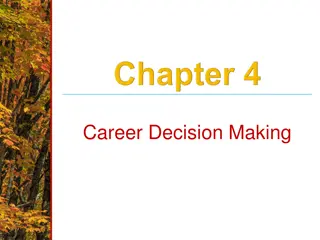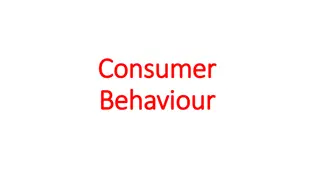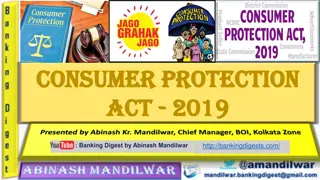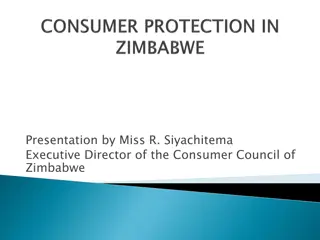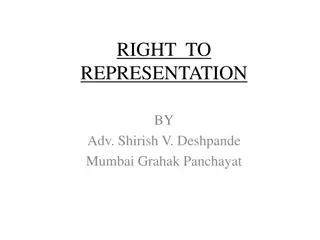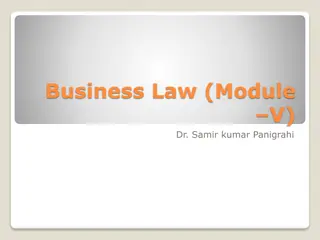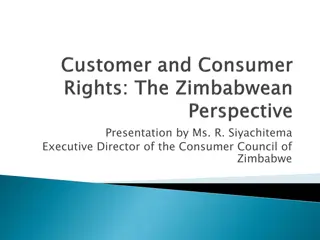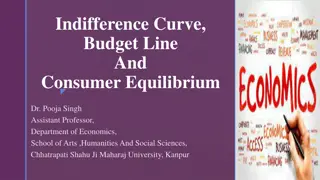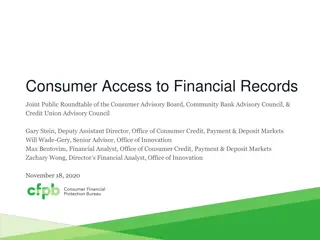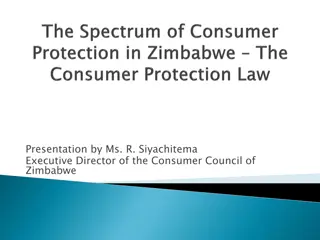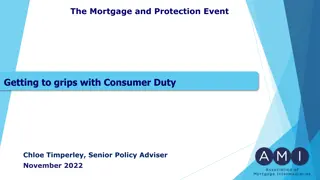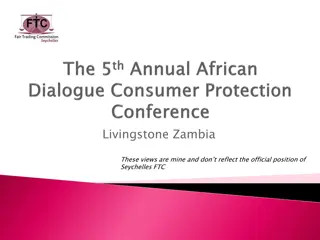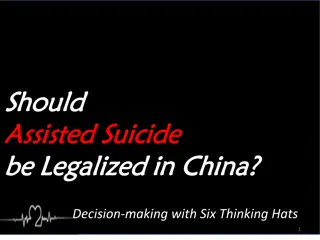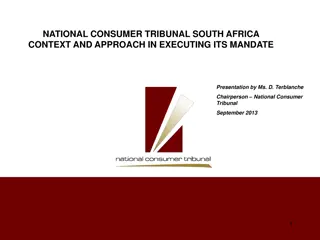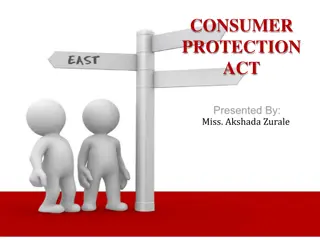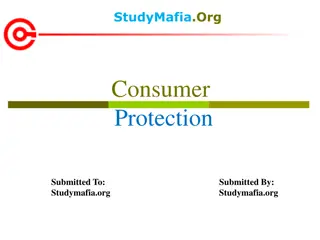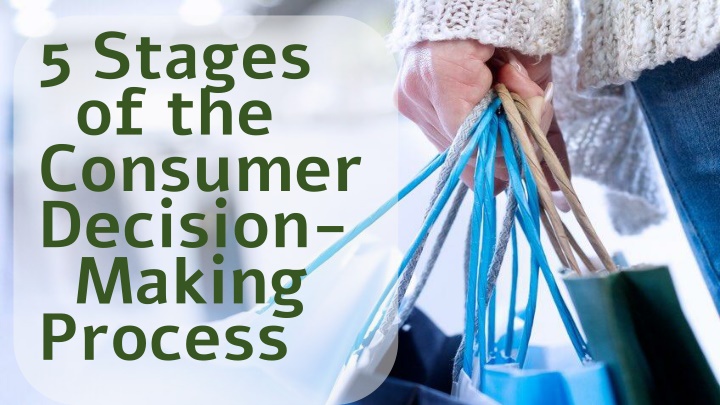
The Consumer Decision-Making Process in Marketing
Explore the 5 stages of the consumer decision-making process in marketing, including problem/need recognition, information search, evaluation of alternatives, purchase decision, and post-purchase behavior. Learn how to influence consumer behavior effectively throughout each stage.
Download Presentation

Please find below an Image/Link to download the presentation.
The content on the website is provided AS IS for your information and personal use only. It may not be sold, licensed, or shared on other websites without obtaining consent from the author. If you encounter any issues during the download, it is possible that the publisher has removed the file from their server.
You are allowed to download the files provided on this website for personal or commercial use, subject to the condition that they are used lawfully. All files are the property of their respective owners.
The content on the website is provided AS IS for your information and personal use only. It may not be sold, licensed, or shared on other websites without obtaining consent from the author.
E N D
Presentation Transcript
5 Stages of the Consumer Decision- Making Process
The 5 Stages of the Consumer Decision-Making Process in Consumer Behavior as established by John Dewey Problem/Need Recognition Information Search Evaluation of Alternatives Purchase Decision Post-Purchase Behavior Here s how to make the five stages of the consumer decision- making process in consumer behavior work for you
Problem/Need Recognition What motivates your target market? What drives this particular consumer s behavior? Help your sales team, retail location, or website create a seamless process to influence and guide the consumer through the buying process.
Information Search What are your consumers needs and questions? How does your marketing compare to your competition? Your print, visual, in-person, or online sales and marketing should be built to answer your consumers questions and position your product or service as an ideal match for their needs.
Evaluation of Alternatives What are the most common objections? What rebuttals are most effective? What is my competition providing that I don t? Know your competition and be prepared for the most common objections with effective rebuttals to prevent the loss of a sale.
Purchase Decision What does the consumer perceive as a risk? How can I appeal to their sense of need? Lowering the consumer s perception of risk and appealing to their sense of need can steer the consumer to a purchase.
Post-Purchase Behavior What would cause the consumer to experience dissonance? Knowing what prompts a return is just as important as knowing why a consumer decides to make a purchase.
What you dont know CAN hurt you! You re only seeing 20% of your consumer s search and traffic behavior from standard consumer behavior research. Contact us to discover the 80% of vital consumer behavior information you ve been missing!

